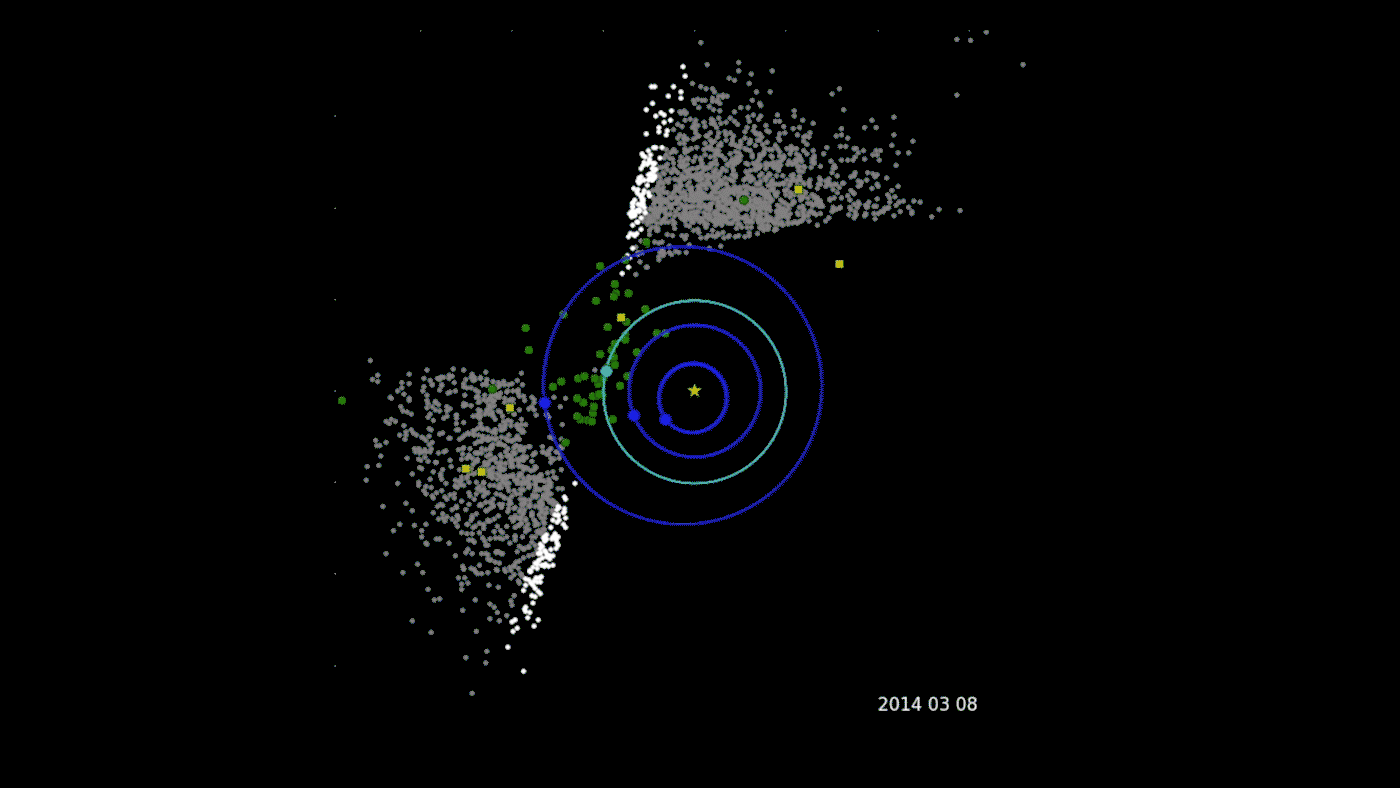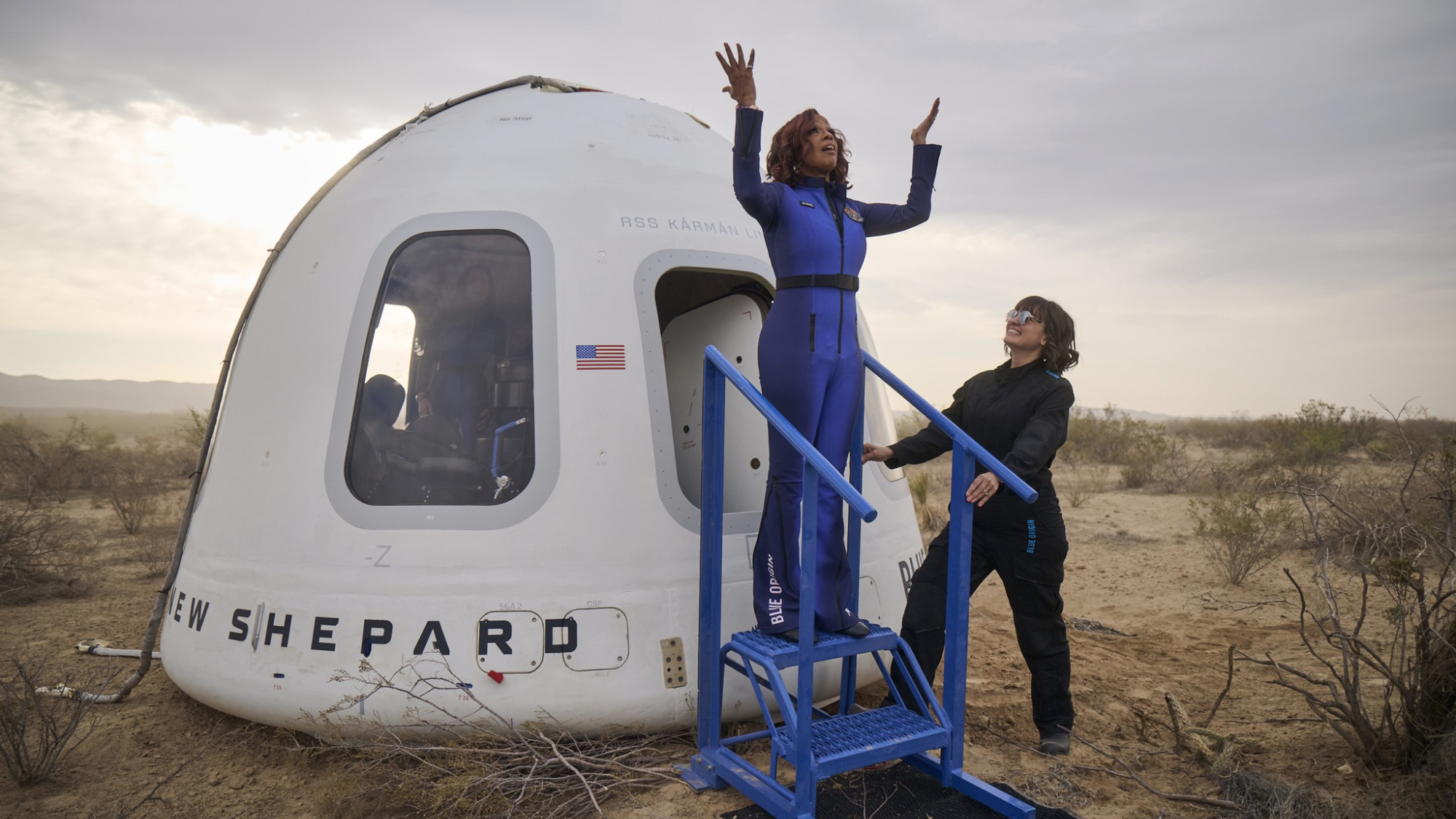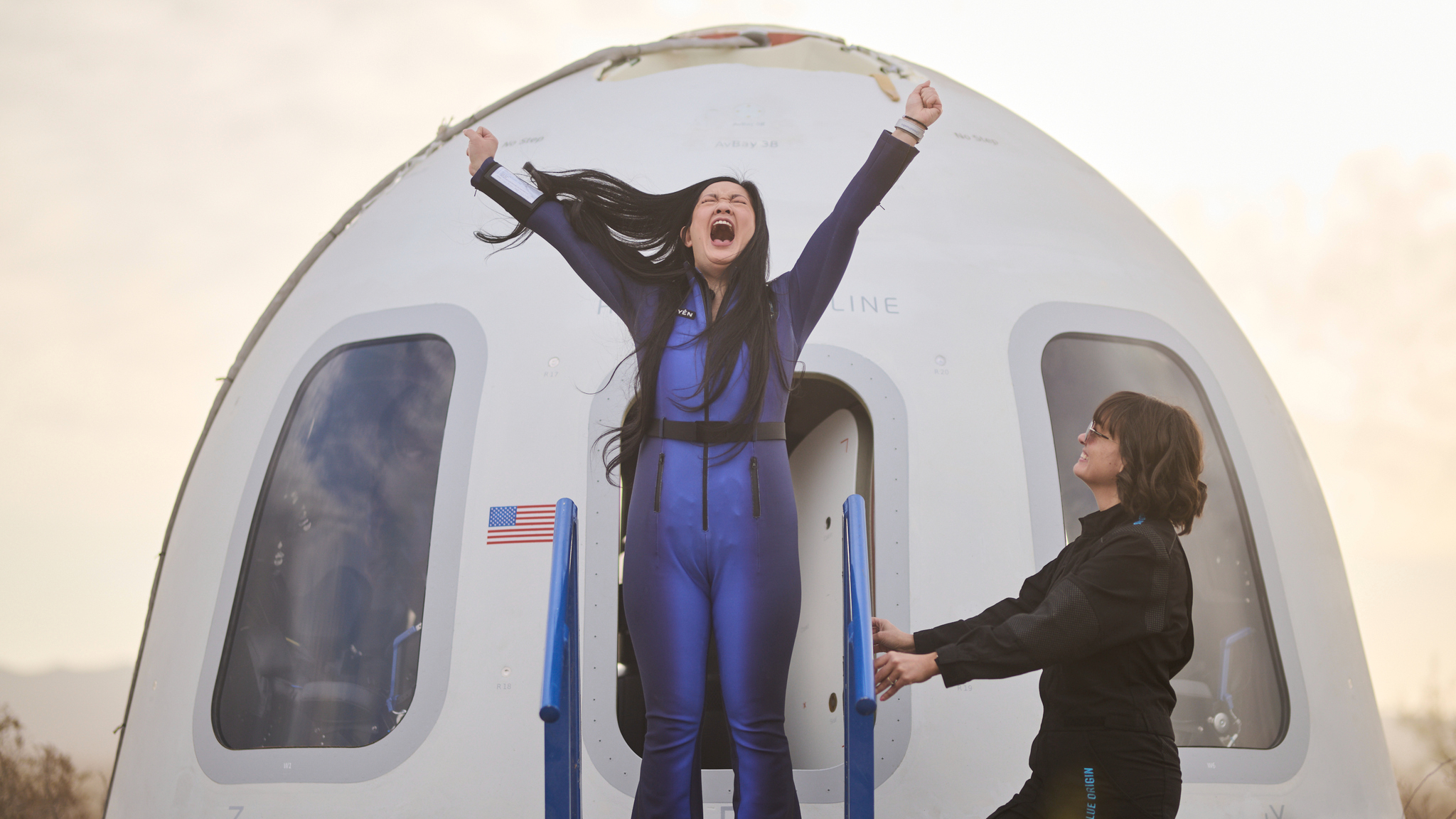NASA's Asteroid-Hunting NEOWISE Discovers Trove of 114 Objects (Video)
NASA's prolific Near-Earth Object Wide-field Survey Explorer (NEOWISE) mission has returned a treasure trove of observations about asteroids, comets and other celestial objects within Earth's cosmic neighborhood.
Since 2013, when NASA reactivated its WISE observatory a the NEOWISE mission, the infrared space telescope has discovered 114 previously unknown objects, 97 of them in the last year alone, according to NASA's Jet Propulsion Laboratory (JPL). That lab oversees the mission from Pasadena, California. The mission has characterized about 693 objects in all, many of them previously known, so far. [In Images: Potentially Dangerous Asteroids]
"NEOWISE is not only discovering previously uncharted asteroids and comets, but it is [also] providing excellent data on many of those already in our catalog," NEOWISE principal investigator Amy Mainzer of JPL said in a statement. "It is also proving to be an invaluable tool in the refining and perfecting of techniques for near-Earth object discovery and characterization by a space-based infrared observatory."

An animation of NEOWISE data collected since 2013 shows the mission's progress. In the graphic, comets appear as yellow squares and asteroids are marked as gray dots. Green dots represent asteroids and comets that approach within 1.3 astronomical units of the sun. One astronomical unit is the distance between the Earth and sun, about 93 million miles (150 million kilometers).
The NEOWISE mission began its life as NASA's Wide-field Infrared Survey Explorer (WISE), an infrared space telescope that launched in 2009. That mission ended in 2011, and the observatory was placed in hibernation.
But in September 2013, NASA reactivated WISE to begin the NEOWISE mission, a project specifically aimed at helping scientists seek out and identify potentially hazardous asteroids and comets.
Email Tariq Malik at tmalik@space.com or follow him @tariqjmalik and Google+. Follow us @Spacedotcom, Facebook and Google+. Original article on Space.com.
Get the Space.com Newsletter
Breaking space news, the latest updates on rocket launches, skywatching events and more!
Join our Space Forums to keep talking space on the latest missions, night sky and more! And if you have a news tip, correction or comment, let us know at: community@space.com.

Tariq is the Editor-in-Chief of Space.com and joined the team in 2001, first as an intern and staff writer, and later as an editor. He covers human spaceflight, exploration and space science, as well as skywatching and entertainment. He became Space.com's Managing Editor in 2009 and Editor-in-Chief in 2019. Before joining Space.com, Tariq was a staff reporter for The Los Angeles Times covering education and city beats in La Habra, Fullerton and Huntington Beach. In October 2022, Tariq received the Harry Kolcum Award for excellence in space reporting from the National Space Club Florida Committee. He is also an Eagle Scout (yes, he has the Space Exploration merit badge) and went to Space Camp four times as a kid and a fifth time as an adult. He has journalism degrees from the University of Southern California and New York University. You can find Tariq at Space.com and as the co-host to the This Week In Space podcast with space historian Rod Pyle on the TWiT network. To see his latest project, you can follow Tariq on Twitter @tariqjmalik.









